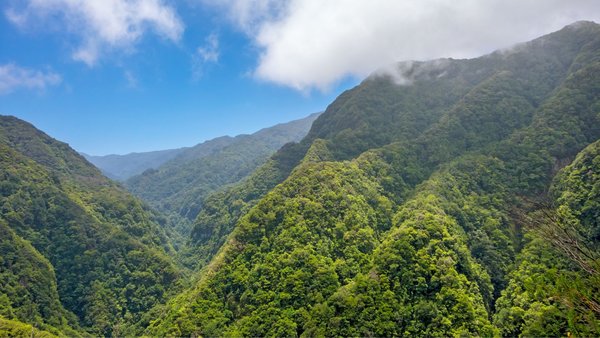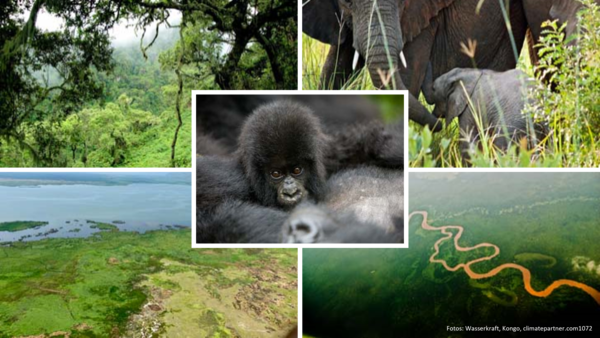Unavoidable carbon emissions can be compensated by supporting internationally accredited carbon offset projects.
Carbon offset projects contribute to counteract global warming by reducing greenhouse gas emissions such as carbon dioxide. This is achieved, for example, by forest conservation, reforestation or the expansion of renewable energies. Additionally, they support sustainable development in the project countries, for instance by increasing access to clean water, developing local infrastructure, generating employment, or preserving biodiversity. Given that greenhouse gases are equally distributed throughout the atmosphere, it makes no difference to the global CO2 concentration where the emissions originate or are prevented.

To qualify as a climate protection project, the projects must meet internationally recognised standards. As per ClimatePartner, the company we collaborate with, it is crucial that the projects represent additional climate protection measures and that their contribution to reducing CO2 in the atmosphere can be clearly measured. To be eligible to be qualify as a climate protection project is based on the following criteria:
Additionality - It must be ensured that the project can only be realised because it receives revenue from emissions trading. Projects that are economically viable and would be implemented even without additional funding do not meet this criterion.
Exclusion of double counting - The CO2 savings may not be credited twice. For example, a solar installation whose electricity is marketed as green electricity cannot be recognised as a climate protection project as the positive effect is already attributed to the electricity. The corresponding offset certificates, that convey the CO2 emissions saved, can only be redeemed once and are then made dormant.

Durability - The emission reductions must be permanent. In the case of reforestation and forest protection projects, for example, it must be ensured that the forest areas remain for several decades and are not converted to cattle pasture after just a few years through slash and burn.
Verification - All of the aforementioned requirements must be regularly verified by independent third parties, as must compliance with the corresponding standards. They also retrospectively determine the CO2 emissions that were saved.
Since August 2021, monta has contributed to numerous climate protection initiatives and has already offset over one thousand tons of CO2. We currently support the "Solar Energy Guttigoli" project; you can read more about it here.